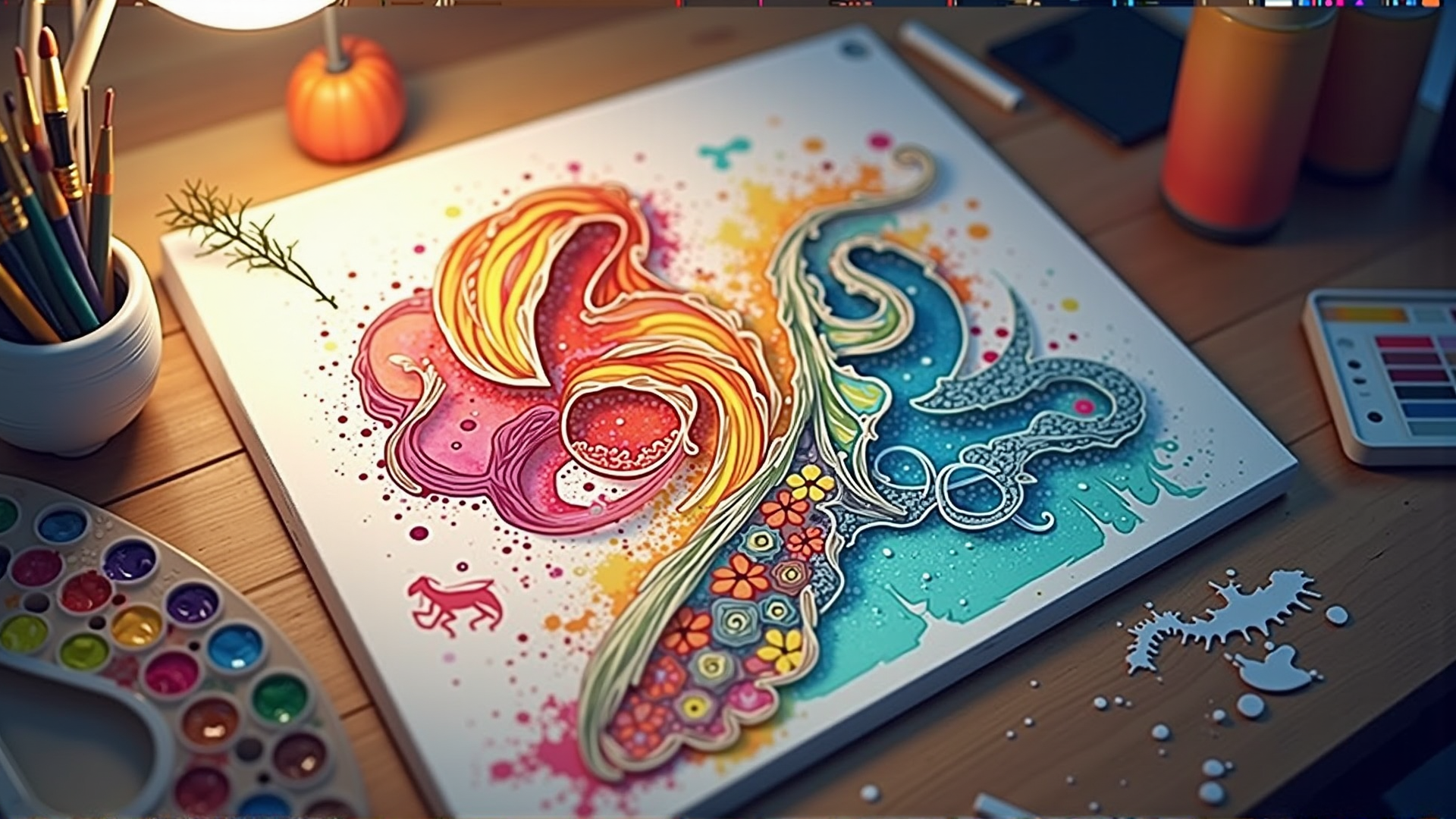In recent years, the realm of illustration has witnessed a remarkable evolution, as artists fuse age-old techniques with cutting-edge technology to craft captivating and innovative artworks. This symbiosis between traditional and modern methods has not only broadened the creative horizon but has also redefined the role of illustrators in today's art landscape.
At the heart of modern illustration is the seamless blending of analog and digital techniques. Artists often begin their creative process with pencil sketches, watercolor washes, or ink drawings, rooting their work in the tactile and organic traits of traditional media. This foundation imbues their illustrations with a depth and authenticity that resonates with audiences accustomed to the imperfections of hand-drawn art.
Once the traditional groundwork is laid, technology steps in to enhance and transform these illustrations. Digital tools like Adobe Photoshop, Illustrator, and Procreate are instrumental in this phase. They allow artists to manipulate color, texture, and composition with unprecedented precision and flexibility. The ability to zoom in on details or experiment with layers and filters encourages innovation and refined artistry that might be challenging to achieve with solely traditional methods.
Another groundbreaking technique in modern illustration is the use of vector graphics. With its roots in geometric accuracy, vector art is not only scalable without loss of quality but also provides a clean and modern aesthetic. This is particularly advantageous for commercial illustration, where versatility and adaptability across different media are crucial. Artists who harness vector software can create striking designs that maintain their integrity on anything from business cards to billboards.
The rise of digital tablets equipped with pressure-sensitive pens has also had a significant impact on modern illustration techniques. Tablets provide artists with the familiarity of drawing on paper while offering the extensive capabilities of digital platforms. This innovation makes it possible to bring the fluidity and spontaneity of hand-drawn lines into the digital realm while applying endless iterations without compromising the original.
The exploration of 3D modeling and rendering is yet another exciting avenue for contemporary illustrators. By embracing 3D techniques, artists can craft immersive environments and dynamic characters, adding a rich new dimension to their artwork. This approach is particularly compelling in fields such as gaming, animation, and virtual reality, where illustrators play a pivotal role in creating engaging and interactive experiences.
Moreover, the digital age has democratized the tools of creation, making the art of modern illustration accessible to a wider audience than ever before. Online platforms and software tutorials empower budding illustrators to develop their skills independently, and social media serves as a global gallery, allowing artists to share their work with an international audience instantaneously. This democratization fosters a vibrant community of illustrators who continually inspire and challenge one another, pushing the boundaries of what is possible in visual storytelling.
Despite the technological advancements and the increasingly digital nature of illustration, the essence of art remains unchanged. It is, at its core, a form of expression that captures the artist's perspective, emotions, and commentary on the world. Modern illustrators, whether working with charcoal or stylus, are part of a long, rich tradition of visual communication that resonates with audiences in uniquely powerful ways.
As we continue to explore the art of modern illustration, it becomes clear that the fusion of traditional techniques and modern technology not only enriches the creative process but also establishes new paradigms for artistic expression. In an era where the digital and the tangible converge, illustrators stand at the frontier of art, experimenting and creating in ways that continue to captivate and inspire.
